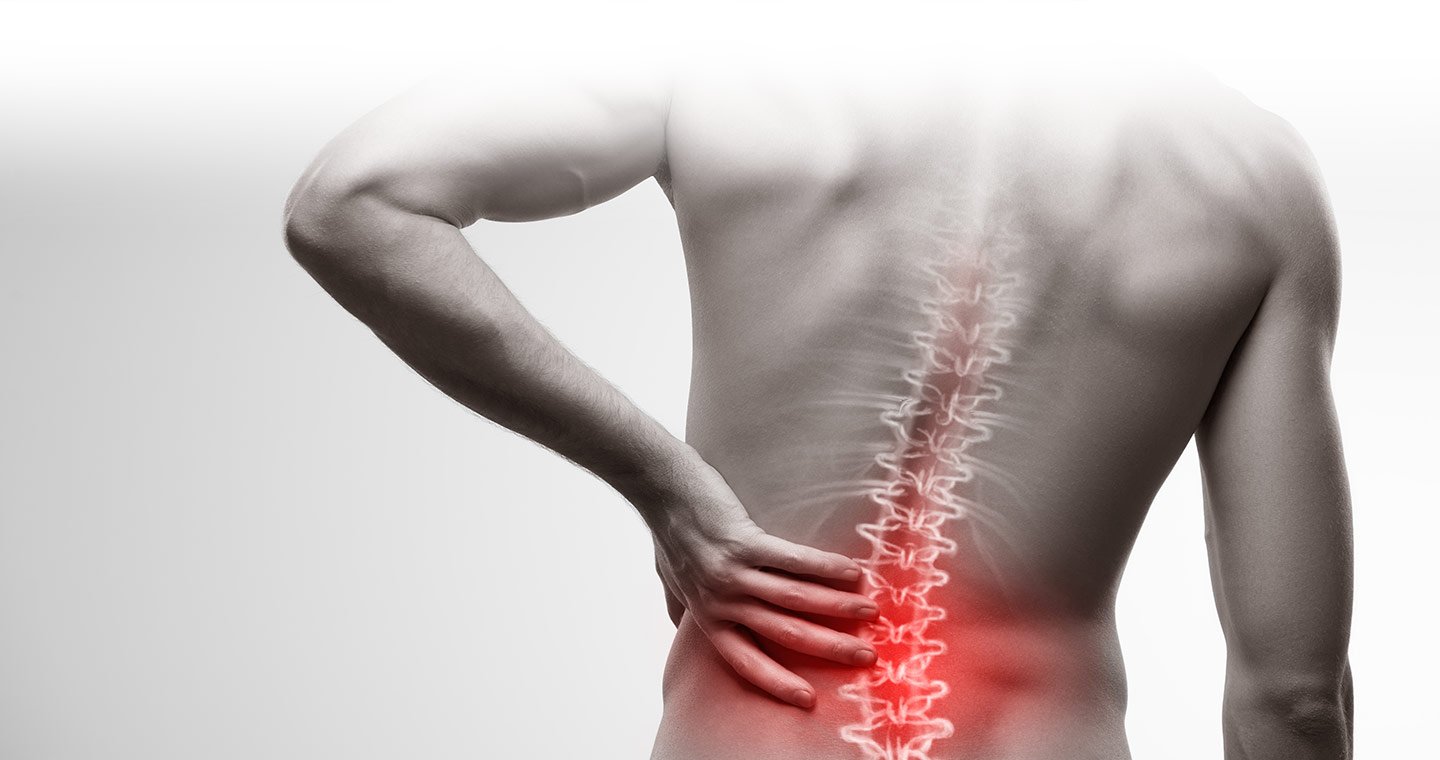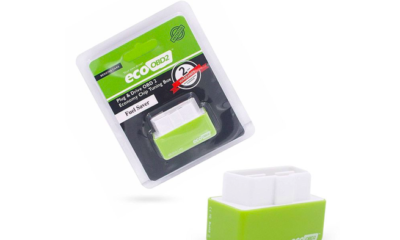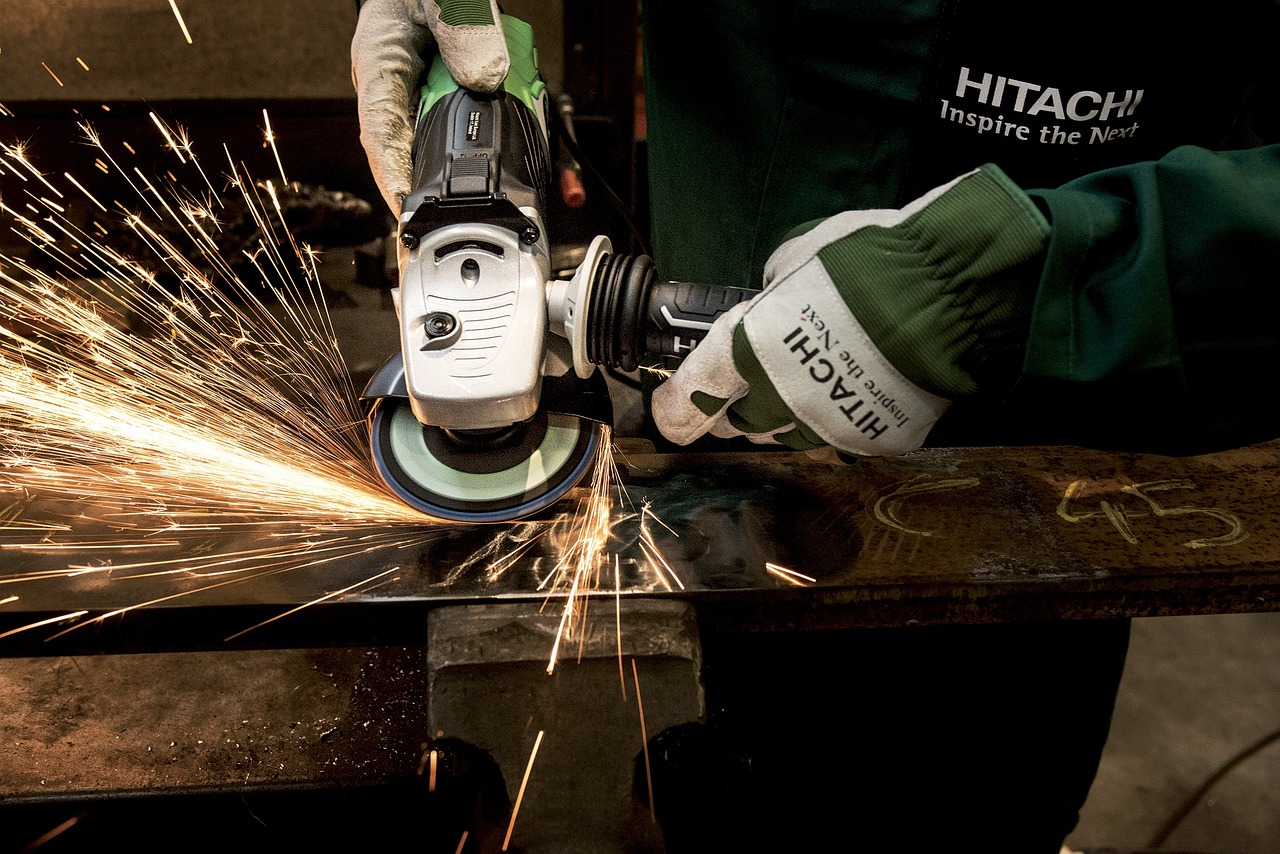Health
Advanced Treatment Options for Lower Back Pain in New Jersey

Lower back pain may limit your mobility, productivity, and happiness in life. The pain may result from spinal stenosis, herniated disc, radiculopathy, or muscle strain. Samwell Institute for Pain Management offers treatment for lower back pain in Livingston, NJ, and Colonia, NJ, through a fully personalized treatment plan.
Types of Lower Back Pain
Back pain may differ in terms of the affected areas and source of pain. Common types of back pain include;
- Muscle strain
In case of muscle strain and severe pain in the lower back, contact your provider for immediate medical attention. If left unchecked, muscle strain may develop into a serious condition limiting your mobility. Samwell Institute for Pain Management offers comprehensive treatment to address problems and challenges linked to damage on your vertebrae or ligaments.
- Sciatica
Sciatica is associated with conditions affecting your sciatic nerve. The sciatic nerve stretches from your lower back into the leg. You may experience persistent pain shooting down the leg(s), burning, or tingling in the leg or lower back. Damaging your sciatic nerve increases your chances of suffering from sciatica, hence the need for immediate medical attention.
- Radiculopathy
Pinched nerve/radiculopathy occurs when the root(s) of a spinal nerve succumbs to pressure by a bulging disc, herniated disc, and other problems affecting the base of your spine. Radiculopathy may cause a sharp pain that comes and goes. The unexpected sharp pain in your lower back manifests when sneezing, coughing, or making sudden movements.
- Spinal stenosis
As a result of spinal stenosis, nerve parts traveling through the spine grow narrow. Constriction of nerves compresses affected nerves and may cause numbness, pain, and tingling sensations. In case of spinal stenosis, your doctor may need to conduct comprehensive tests for osteoarthritis.
- Herniated disc
A herniated disc is a condition that happens following damage to your vertebrae. Herniated discs oozing gel-like components may mean that your vertebrae are grinding together painfully.
You should seek immediate medical attention to avert the development of more serious complications, limited mobility, and productivity at work.
Treatment for Lower Back Pain
Samwell Institute for Pain Management customizes your treatment based on the causes of your pain, response to treatment, medical history, and family history of lower back pain.
Your treatment options may include;
- Spinal cord stimulation is administered to block lower back pain sensations
- Spinal cord stimulator. Your specialist at Samwell Institute for Pain Management may recommend the trial procedure to modify specific nerve signals.
- Superion® InterSpinous Spacer (Vertiflex) is mostly recommended for addressing spinal stenosis.
- Acupuncture
- Cognitive-behavioral therapy (CBT)
- Microdiscectomy with annuloplasty is a minimally invasive surgical option for herniated discs.
- Platelet-rich plasma is administered at Samwell Institute for Pain Management for tissue healing.
- Radiofrequency neurotomy of lumbar facets for facet joint pain
At Samwell Institute for Pain Management, Dr. Shah designs a pain relief treatment plan to deliver the best possible relief for lower back pain and related conditions.
Avoiding Future Lower Back Pain
Dr. Shah considers the specifics of your condition to determine the best strengthening exercise, recovery routine, and safety equipment for sporting activities.
If you need treatment for lower back pain in New Jersey, contact Samwell Institute for Pain Management through the online booking tool or over the phone.
Health
Dr. Teresa Tyson, DNP, Discusses The Hidden Healthcare Crisis in Remote Regions

Image source: Dr. Teresa Tyson, DNP, and Health Wagon
Access to healthcare remains a challenge for many individuals living in rural and remote areas, where medical facilities are scarce or difficult to reach. Many residents endure long travel times for even basic medical services, leading to delayed diagnoses and worsening health conditions. The lack of healthcare professionals further compounds the issue, leaving communities with inconsistent or inadequate care.
While technology and government initiatives have made strides in addressing these disparities, Dr. Teresa Tyson, DNP, notes how there are many obstacles still hindering widespread improvement. Bridging the healthcare gap requires a combination of innovative solutions, infrastructure development, and policy changes to ensure that medical services reach those who need them most.
Limited Access to Medical Care
Many remote regions struggle with a severe lack of healthcare facilities, leaving residents with minimal options for medical treatment. Hospitals and clinics are often located hours away, making even routine checkups a logistical challenge.
A shortage of medical professionals further worsens the situation, as many doctors and nurses prefer to work in urban areas with better resources and career opportunities. As a result, rural communities often rely on understaffed clinics or visiting healthcare workers who may not be available consistently. This leads to delayed diagnoses and inadequate treatment for chronic conditions. Many rural clinics operate with limited medical supplies, making it difficult to provide comprehensive care even when healthcare professionals are available.
In some cases, patients must travel long distances just to receive basic care, often at great personal and financial costs. The burden of transportation, time off work, and the uncertainty of available treatment discourage many from seeking medical attention until their conditions become severe.
Health Risks and Consequences
Delays in medical care often mean that conditions that could have been treated early turn into serious health complications. Many individuals in remote areas develop chronic illnesses that go undiagnosed for years simply because healthcare services are too far away or difficult to access. Diseases that are manageable with regular monitoring, such as diabetes or hypertension, frequently spiral out of control due to the lack of consistent medical supervision.
Beyond physical health, the absence of adequate healthcare also takes a toll on mental well-being. Isolation and limited access to mental health professionals leave many struggling with anxiety, depression, and other psychological conditions without proper support. In small, tight-knit communities, stigma around mental health can make it even harder for individuals to seek help, further exacerbating the crisis.
Preventable diseases continue to spread in these areas due to the lack of vaccinations, screenings, and early interventions. Without proper healthcare infrastructure, outbreaks of common illnesses can have devastating effects, particularly on children and the elderly. The combination of poor access, financial barriers, and limited awareness creates a cycle where minor health concerns escalate into life-threatening conditions.
Challenges in Expanding Healthcare Services
Building and maintaining healthcare infrastructure in remote regions comes with considerable hurdles. Poor road conditions and unreliable transportation make it difficult for medical professionals to reach patients, and in some cases, ambulances are unavailable, forcing residents to rely on personal vehicles or community efforts to transport those in need. In areas with extreme weather conditions, seasonal challenges further complicate healthcare delivery, cutting off entire communities during certain times of the year. These conditions make it nearly impossible for emergency medical teams to provide timely assistance in critical situations.
Funding remains a major obstacle, as rural healthcare facilities often struggle with limited financial resources. Many small clinics operate on tight budgets, lacking essential medical equipment and supplies. Without sufficient investments, these facilities cannot expand their services, making it harder to attract and retain qualified healthcare workers. As a result, many professionals opt to work in urban settings where they have access to better salaries, career advancement, and modern medical technology.
Role of Technology in Bridging the Gap
Advancements in technology are offering new ways to connect patients in remote areas with medical professionals. Telemedicine has made it possible for individuals to consult doctors without having to travel long distances, reducing delays in diagnoses and treatment. Virtual consultations, remote monitoring, and mobile health apps allow patients to receive medical advice without needing to visit overcrowded or distant healthcare facilities. In addition to telemedicine, artificial intelligence is being used to assist in diagnosing conditions remotely, helping bridge the gap in specialist care.
Despite its potential, implementing technology-driven healthcare solutions in rural regions is not without obstacles. Many areas lack reliable internet access or the necessary digital literacy to make full use of telehealth services. Even when technology is available, the cost of devices and connectivity can create another barrier, preventing low-income households from benefiting fully. Addressing these issues requires a combination of infrastructure development, education, and financial support to ensure that technology can be effectively integrated into rural healthcare systems.
Efforts to Improve Rural Healthcare
Governments and nonprofit organizations are actively working to address the healthcare challenges faced by remote communities. Investment in medical outreach programs, mobile clinics, and training initiatives for local healthcare workers has helped bring essential services to those who need them most. Some regions have introduced incentive programs to encourage doctors and nurses to work in underserved areas, offering student loan forgiveness, housing assistance, or higher salaries.
Community-led initiatives also play a crucial role in improving healthcare access. Local volunteers and advocacy groups often step in to provide educational workshops, vaccination drives, and wellness programs tailored to the specific needs of their communities. These grassroots efforts help bridge gaps where formal healthcare systems fall short, ensuring that residents receive at least some level of medical support.
Future Prospects for Remote Healthcare
Innovations in medical technology, policy changes, and raising awareness are shaping the future of rural healthcare. The expansion of telehealth services, combined with improved infrastructure, has the potential to make healthcare more accessible and efficient. Continued investment in mobile medical units and community-based programs could ensure that even the most isolated areas receive the care they need. Research into low-cost, portable medical devices is also opening new doors for remote diagnostics and treatment.
Sustained progress will depend on collaboration between governments, healthcare providers, and local communities. Long-term solutions require more than temporary programs; they demand systemic changes that prioritize equitable medical access. If these efforts continue to grow, rural healthcare systems may finally move toward lasting improvements that benefit future generations.
-

 Tech4 years ago
Tech4 years agoEffuel Reviews (2021) – Effuel ECO OBD2 Saves Fuel, and Reduce Gas Cost? Effuel Customer Reviews
-

 Tech6 years ago
Tech6 years agoBosch Power Tools India Launches ‘Cordless Matlab Bosch’ Campaign to Demonstrate the Power of Cordless
-

 Lifestyle6 years ago
Lifestyle6 years agoCatholic Cases App brings Church’s Moral Teachings to Androids and iPhones
-

 Lifestyle4 years ago
Lifestyle4 years agoEast Side Hype x Billionaire Boys Club. Hottest New Streetwear Releases in Utah.
-

 Tech6 years ago
Tech6 years agoCloud Buyers & Investors to Profit in the Future
-

 Lifestyle5 years ago
Lifestyle5 years agoThe Midas of Cosmetic Dermatology: Dr. Simon Ourian
-

 Health6 years ago
Health6 years agoCBDistillery Review: Is it a scam?
-

 Entertainment6 years ago
Entertainment6 years agoAvengers Endgame now Available on 123Movies for Download & Streaming for Free
